Creating A Powerful Marketing Funnel
Understanding how to maximise your marketing funnel and developing strategies around user experience is at the heart of an effective inbound marketing strategy.
An online marketing funnel is used to illustrate how a business builds trust with prospective customers.
The way we communicate with our audience and the speed with which we reach them has changed.
Customers are more informed, connected and empowered.
Their journey to your products and services is now fragmented, and may take several different visits to your website.
The digital buying process is no longer linear.
An updated purchase funnel can give you the leg up you need.
This article focuses on 7 tips to adapt and improve your marketing funnel for a maximum return-on-investment.
These tips are easy to incorporate and should be used throughout your daily marketing activities.
What Is a Marketing Funnel?
Marketers use a term called the marketing funnel, conversion funnel or sales funnel to optimise conversions.
Each component of your customer acquisition strategy needs to interact with the others, and everything must be digitally tracked.
Basically, your inbound marketing funnel is the process by which prospects move from first awareness of your brand to becoming brand ambassadors.
You need to track these conversion rates in order to set accurate goals and manage your time and resources effectively.
Traditional Marketing Funnel Stages
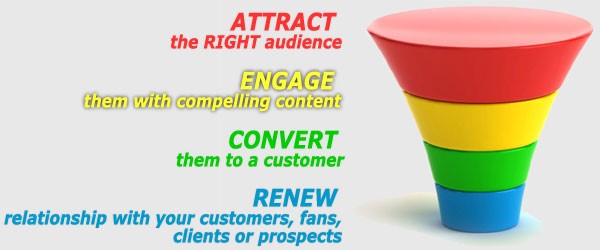
Image: www.enteractivemarketing.com
Top of the funnel: This is the widest part of the funnel and requires the greatest amount of leads to work with. Here you need to step up your efforts to attract the greatest number of people.
Inbound marketing offers at this stage should be free, easy to access, and educational. For example, eBooks, blogs and videos.
Middle of the funnel: Here your funnel is responsible for sorting through the first stream of leads and filtering out some of the less relevant audience members. You can do this by offering targeted information designed to educate the prospect on what you are actually offering.
A visitor then becomes a potential customer when they consider your offer.
Use case studies, tutorials and free samples with a specific purpose to encourage interested users.
Bottom of the funnel: The end of your funnel appeals to your most interesting leads. Now you’ll introduce a conversion opportunity that they may find appealing. In order for your online marketing funnel to be successful, the end of your funnel must be the most compelling.
Make your marketing offers helpful, and even a little aggressive. For example, demonstrations and discounts, consultations or free trials.
The New Non-Linear Approach
Traditional marketing funnels make the assumption that someone comes into the top of your funnel and goes out the bottom.
In a perfect world, that would be great.
But in reality people are unpredictable.
They might start at the top, leave, jump a few levels, leave again, come back again and at some point buy something.
The marketing funnel has become more complex.
It is imperative that you look closely at your customer journey, their experiences and behaviour. This enables you to gain a holistic view of your customers and may reveal opportunities you did not consider before.
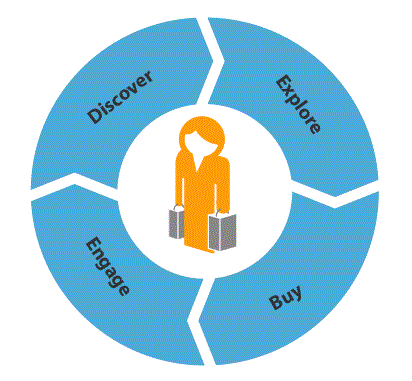
Image: www.forrester.com
7 Tips to Maximise Your Marketing Funnel
#1 Place Your Customers at the Center
Understanding your customers and emotionally connecting with them is key to being customer-centered. You need to gain the right customer insights and offer the right information and the right experiences at the right time.
- Use customer data to understand their buying behaviour, interests and engagement.
- Identify opportunities to create helpful customer experiences.
- Use customer lifetime value to segment customers based on their behaviour.
The customer centric company creates processes that are designed to support customers with great experiences as they are working toward their purchasing goals.
#2 Listen to Your Customers
You will not be able to persuade customers to buy from you, unless you clearly understand what they want and need.
Regularly ask customers what’s on their minds by inviting feedback at multiple contact points. –
Examples include email, online surveys, your website and social media.
Involve your customers in your marketing design process:
- Collaborating: Ask customers to contribute their own ideas to your marketing design. Use online feedback forms or encourage them to share their buyer story. How did they hear of you?, what they did first, what influenced their decision to buy/sign up?
- Tinkering: This is where customers give advice on modifications to your buying cycle. Send an open email invite to your customers requesting their help.
- Trial it: Invite customers to review your inbound marketing funnel. Then, ask them if your design was helpful to them.
#3 Consider the Complete Brand Experience
Your business needs to look at strategies to enhance customer experiences.
Your customers can find you anywhere: Facebook, Twitter, Google +, Pinterest etc. Each channel caters to a slightly different audience, which means your company should explore a presence on more than one, and perhaps several.
The trick is to maintain a consistent brand across all channels.
Make sure all of your company’s visual elements, like you logo, tagline, and colour scheme, display the same way.
Consistency improves audience recall and it reinforces your story and messaging, minimising confusion among your audience. You also need to build content that reinforces your story and values across the various platforms on which your audience engages with you.
#4 Customer Journey Mapping
A customer journey map is a visual representation of your customer’s experience with your company. It describes the experience from your customer’s perspective. Their thoughts, feelings, and their emotions.
The goal of the customer journey map is to get a holistic view of what your customers are going through on a personal level.
Customer journeys capture each moment that matters, each relevant touch point for a customer. The map should be used to define how you communicate with your customers at each touch point.
Creating a journey map:
- Define your buyer personas.
- Identity possibilities for personalisation and data gathering.
- Choose customer goals that align with your business goals. Then break down those goals into tasks. E.g. your customer’s goal might be to buy a new pair of running shoes. Possible tasks could include: gathering information about the best types of running shoes, searching online for specials, finding a store that delivers, choose the shoes and finally buying them.
- Identify appropriate channels: Define the types of communication channels your buyer personas would use. For example, before buying the running shoes your customer visited an online discussion forum regarding the best types of shoes for running.
- Brainstorm content ideas for each task. E.g. having customer reviews on your website.
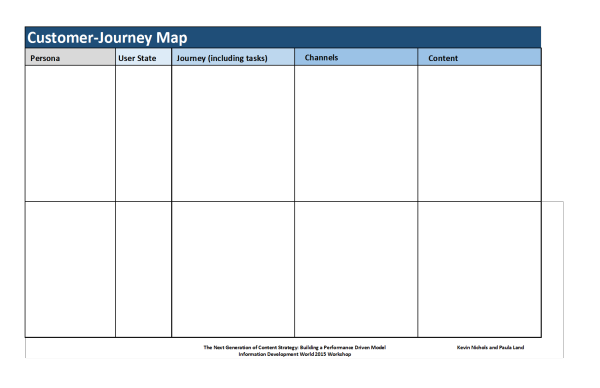
Image: Content Marketing Institute
#5 Using Content as a Funnel
Content might be the easiest funneling system for your business. It generates large volumes of traffic from increased search engine rankings and gives you the opportunity to easily filter your audience through topics and suggestions.
For example, if you’re a watch supplier and you’re looking to focus on career-driven individuals between the ages of 25 and 45, you can use time-management related content as an introductory mean to filter your audience. Hosting a blog or publishing editorial content are also good ways to attract traffic to your website.
The right type of content fosters trust and can help more prospects through your online marketing funnel.
If you want to turn more leads into customers, you need content.
Your end goal should be to deliver the right content, at the right time, on the right platform, and to the right audience to achieve your desired conversion rates.
We’ve established that consumers come to your website from all phases of the purchasing journey. Some are browsing for information, others are reviewing testimonials and some are ready to buy.
Customised real-time content meets each customer where he or she is at that moment, vastly improving your chances of making a sale.
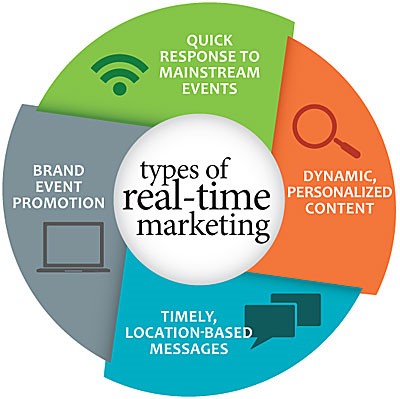
Image: www.thefinancialbrand.com
You might need a dedicated team to produce different types of content to address your buyers’ different informational needs. From educational and provocative in the early awareness stages, to the descriptive and comparative during their exploration stage.
Don’t forget persuasive content for convincing and reassurance as the sale draws to a close.
#6 Search Engine Optimisation (SEO) Strategies
Your well-crafted content will be a complete waste if your customers can’t find it online. It’s important that you guide prospects from an online search standpoint.
An SEO strategy should be used to show a customer to your targeted web page. Here is a five-step strategy, courtesy of Moz.com:
- Define your target audience and their needs
- Categorise keyword research
- Find gaps and opportunities
- Define your competitors
- What are your competitors doing?
Now, customise your SEO strategy to incorporate what you’ve learned above.
#7 Customer Relationship Management
Customer relationship management (CRM) focuses on acquiring, retaining and nurturing customers by consistently providing positive experiences at every critical moment when customers interact with your company.
These touch points offer your company opportunities to maximise customer experience and build strong relationships.
Businesses that provide extraordinary customer experiences are more profitable, have increased customer loyalty and will succeed where others have failed.
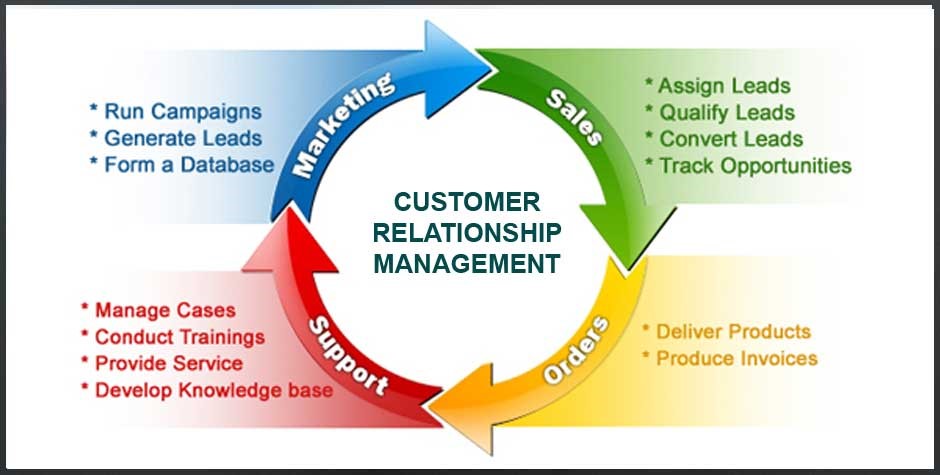
Image: www.yesinternationalcorporation.com
Conclusion
It’s clear that the purchasing process is not linear. People come and go. No customer is the same and interpreting their intent is not just a matter of data. The customer’s view matters more than ever.
You need to find out what makes your customers tick. We hope the above 7 tips will help you figure that out.
Discover
The 12 Marketing Secrets of Fast-Growth Companies
Find out what they do to achieve outrageous business success

Get your free copy

 By
By 
Post a Comment
You must be logged in to post a comment.